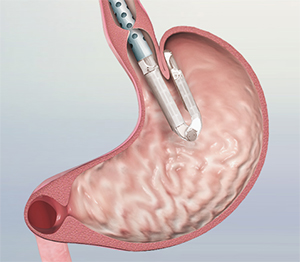What is an Endoscopy?

An endoscopy is a medical procedure that uses a specialised instrument called an endoscope to view the inside of the body. The endoscope is a flexible tube equipped with a light and camera that allows doctors to examine organs and tissues without the need for invasive surgery. It is commonly used to inspect the digestive tract, but it can also be used in other areas, such as the respiratory or urinary systems.
When is Endoscopy Recommended?
Endoscopy is recommended for diagnosing and sometimes treating conditions related to the digestive system, including ulcers, gastroesophageal reflux disease (GERD), abnormal growths, bleeding, or blockages. It can also help detect cancers in the early stages. Doctors may also recommend endoscopy if you are experiencing unexplained symptoms like persistent nausea, abdominal pain, or difficulty swallowing.
Preparation for Endoscopy
Prior to the procedure, patients may be required to fast for several hours. The healthcare provider will give specific instructions based on the type of endoscopy. In some cases, a bowel cleanse or laxative may be necessary to clear the digestive tract.
How is Endoscopy Performed?
The procedure may be performed with or without sedation depending on the patient’s condition. The endoscope is gently inserted through a natural opening, such as the mouth or rectum, to allow the doctor to view the targeted area. The procedure usually takes 15 to 30 minutes, depending on the area being examined.
During a colonoscopy, a thin, flexible tube called a colonoscope is gently inserted into the rectum and guided through the colon. The colonoscope has a tiny camera and light on its tip, allowing the doctor to view the colon lining on a monitor. If necessary, tools can be passed through the colonoscope to remove polyps, collect tissue samples (biopsies), or address other abnormalities. The procedure usually takes 30 to 60 minutes and is critical for detecting colorectal cancer, inflammation, or other issues.
Recovery after Endoscopy
After the procedure, patients are monitored until the sedative wears off. Mild discomfort such as bloating or a sore throat may occur but typically resolves within a few hours.
Risks associated with Endoscopy
Though generally safe, endoscopy carries some risks, such as infection, bleeding, or perforation of the examined organ. However, these complications are rare.
Benefits of Endoscopy
Endoscopy offers a minimally invasive way to diagnose and treat various conditions, reducing the need for more invasive surgeries and promoting faster recovery times.






